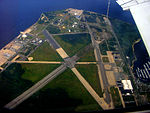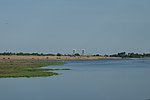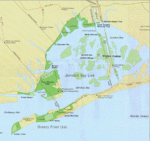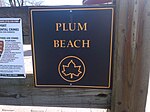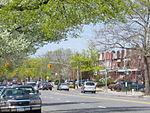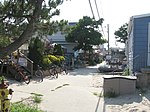Aviator Sports and Events Center
Aviator Sports and Events Center is a sports and events center in Floyd Bennett Field, Brooklyn, New York City. Operating as a concessionaire of National Park Service, Aviator has refurbished four historic aircraft hangars and surrounding grounds in partnership with the NPS. The area includes 175,000 square feet of indoor sports and event space along with adjoining outdoor turf fields and free parking for 2,000 cars. Aviator provides a variety of sports and leagues play including basketball, football, gymnastics, ice hockey, ice skating, lacrosse, soccer and volleyball. Activities such as parties, field trips, camps, and birthday celebrations are held at the facility. The NPS and Aviator formed a partnership in 2003, and the facility opened in 2006. By combining several of Floyd Bennett Field's hangars they created one of the largest sports complexes in the country.
Excerpt from the Wikipedia article Aviator Sports and Events Center (License: CC BY-SA 3.0, Authors).Aviator Sports and Events Center
Compass Rose, New York Brooklyn
Geographical coordinates (GPS) Address Nearby Places Show on map
Geographical coordinates (GPS)
| Latitude | Longitude |
|---|---|
| N 40.589166666667 ° | E -73.898611111111 ° |
Address
Floyd Bennett Field Historic District
Compass Rose
11697 New York, Brooklyn
New York, United States
Open on Google Maps

